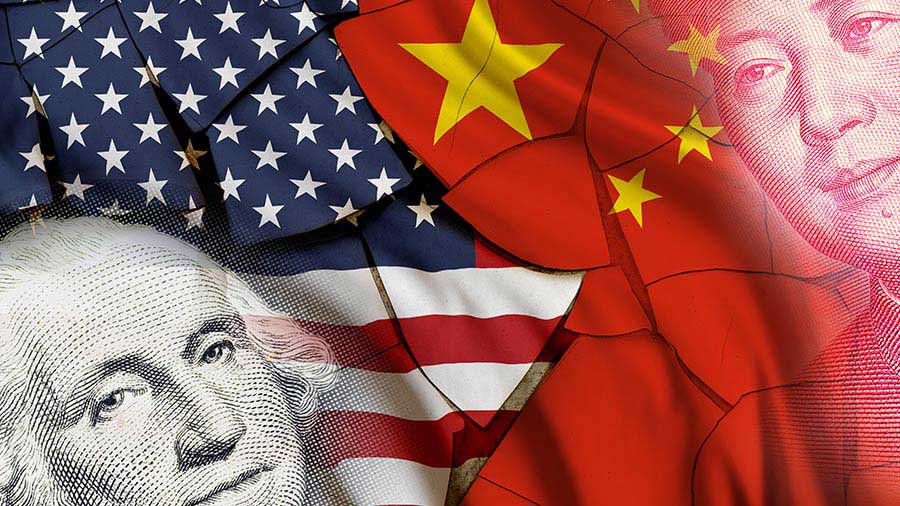The economic rivalry between China and the United States has become a defining feature of the global economic landscape. As the world’s two largest economies, their competition extends across multiple fronts, including trade, technology, and investment. This article will examine the economic dynamics between China and America, exploring key factors driving their competition and the implications for the global economy.
Trade and Market Access
China and America are major trading partners, with a significant volume of bilateral trade occurring between the two nations. However, the relationship has been marked by trade imbalances, intellectual property disputes, and concerns about market access. The United States has raised issues related to China’s trade practices, including unfair subsidies, forced technology transfers, and inadequate intellectual property protection. Efforts to address these concerns have led to trade tensions and the imposition of tariffs, impacting various industries and global supply chains.
Technological Innovation
Technological superiority and innovation play a crucial role in the economic competition between China and America. China has made significant strides in areas such as artificial intelligence, 5G telecommunications, and renewable energy. Its ambitious initiatives, such as “Made in China 2025” and “Belt and Road Initiative,” aim to position China as a global leader in advanced technologies. Meanwhile, the United States, with its established tech giants and robust innovation ecosystem, seeks to maintain its advantage in cutting-edge industries.
Investment and Capital Flows
Both China and the United States attract substantial foreign direct investment (FDI) and engage in outbound investment. China’s Belt and Road Initiative has positioned it as a major investor in infrastructure projects globally, while America continues to attract significant FDI across various sectors. However, concerns over national security and intellectual property have led to increased scrutiny of Chinese investments in the United States, resulting in tighter regulations and restrictions. These measures aim to safeguard sensitive industries and technology, but they also impact cross-border investment flows and may have unintended consequences for economic cooperation.
Geopolitical and Global Implications
The economic rivalry between China and America extends beyond their borders, affecting the global economy and geopolitics. The competition for influence and economic dominance has led to a reevaluation of international institutions and alliances. It has also prompted countries to navigate complex choices between aligning with either China or the United States, creating a multipolar dynamic. Moreover, disruptions in global supply chains due to trade tensions and technology restrictions have implications for multinational corporations, global growth, and regional integration.
Collaborative Opportunities
Amidst the economic rivalry, there are areas of potential collaboration between China and America. Climate change, public health, and sustainable development are global challenges that require collective efforts. Cooperation on these fronts can yield mutual benefits while addressing common concerns. Additionally, finding common ground on trade and intellectual property issues through dialogue and negotiation can help reduce tensions and promote a more stable economic relationship.
Conclusion
The economic rivalry between China and America is multifaceted and has far-reaching implications for the global economy. While competition exists, avenues for collaboration and cooperation also exist. Navigating this complex relationship requires a balanced approach that addresses legitimate concerns while fostering economic growth, innovation, and stability.











